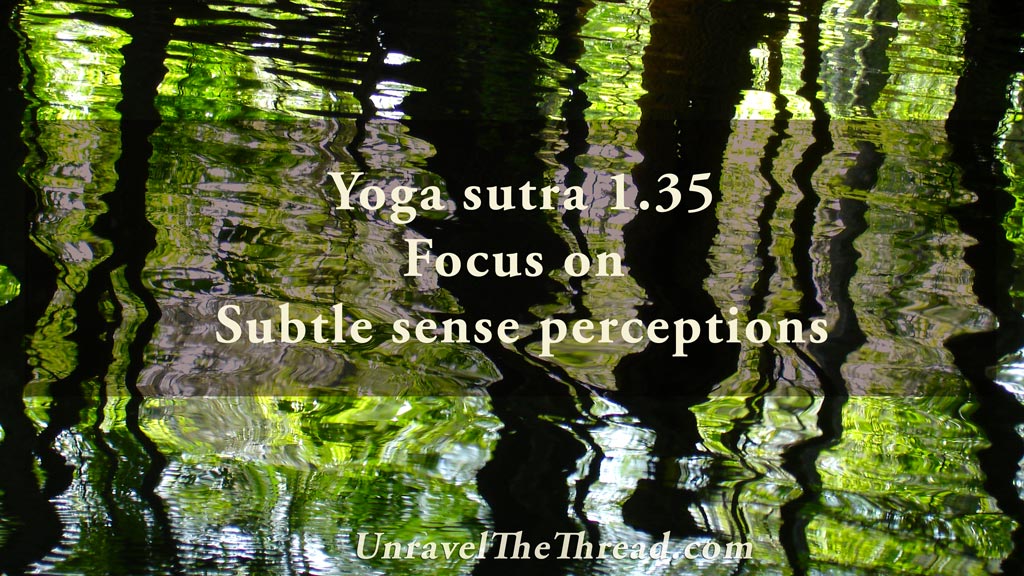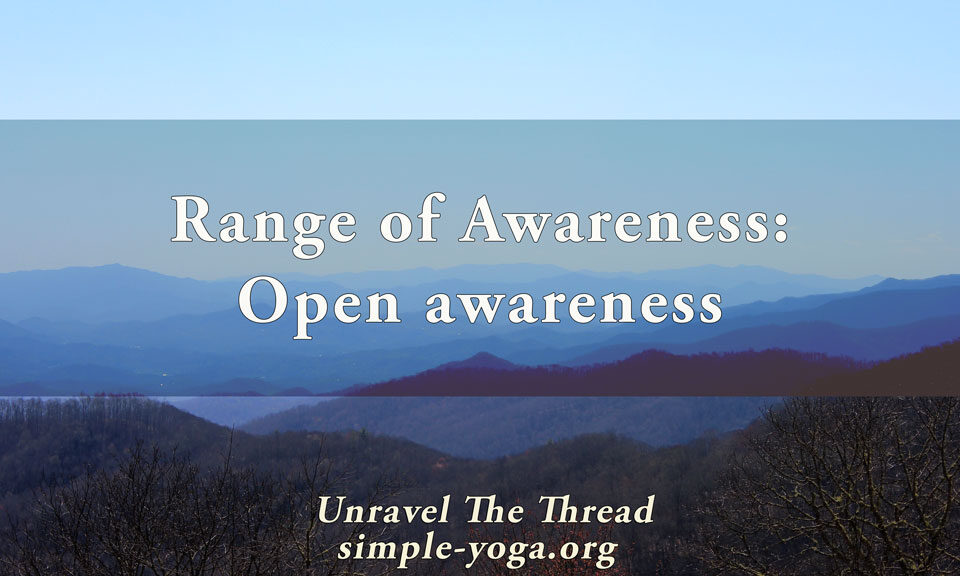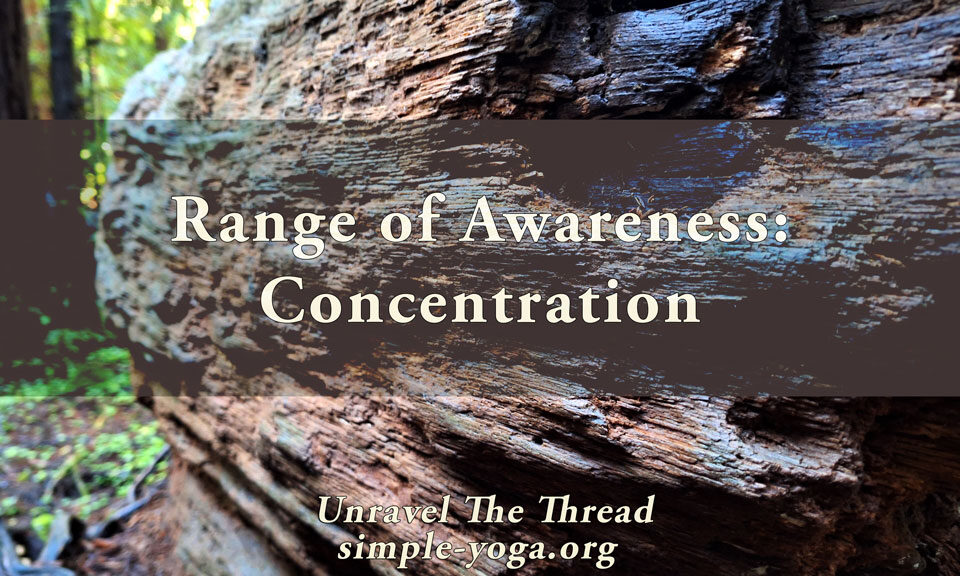
1.34 By exhalations and breath retentions
November 16, 2019Integration: Yoga Sutra Chapter One
November 26, 20191.35 Focus on subtle sense perceptions

1.35 Focusing steadily on subtle sense perceptions.
Continuing with options ofr removing distractions, the next option is sensitizing yourself to subtler sense perceptions. Some of the traditional focal points to enhance sense perception include the tip of nose to enhance olfaction, tip of the tongue to enhance taste, root of the tongue to enhance hearing, roof of the palate to enhance sight and the tongue to enhance touch. The tip of the tongue for taste and tip of the nose for smell seem obvious to most people. One of the reasons suggested for the roof of the palate to connect with sight is because the roof of the palate is close to the optic nerve. Similarly, the reason for root of the tongue as a focal point for hearing is its proximity to the auditory system. Finally, the reason for using the tongue as a focal point to enhanced touch perception is that the tongue is the part of the body with most touch sensitivity. By focusing on the tongue it may be possible to heighten touch sensitivity throughout the body. The only way to really know if these focal points work is to observe if there is a gradual development of the sense you are meditating on. This practice can be useful in removing distractions. However, it can potentially become a way to keep chasing after your senses.
You can think about focusing on subtle sense perceptions as a sense withdrawal (pratyahara) practice. When you orient to your inward senses, instead of letting your mind chase after external phenomena, you can develop greater sensitivity for subtleties that currently escape your perception. Another possible avenue is to invite external sensory stimuli to become a pathway to cultivate your inner subtle perceptions. For instance, focus on the flame of a candle for as long as possible and then close your eyes resting your attention on the resulting impressions (trataka). Stay with the impression for as long as possible. What do you notice? It can be valuable to pay attention to where your awareness goes to as the subtle impressions fade. This may indicate the ideas, thoughts or ways of being that are deeply entrenched. You can do a similar practice with a specific sound, like the sound of a singing bowl. You can also use the lightest touch between your fingers, like bringing the tip of your index finger and thumb together in the softest way possible. Taking a sip of water and following the sensations of taste can also be a focal point for bringing awareness to the subtler aspects of taste and flavor. Incense is a traditional focal point for connecting with subtleties in scents.
As usual, an attitude of curiosity, the curiosity to learn more about yourself and how your systems work, can be a strong motivator to dive deeper within. In this internal journey of exploration remember that direct experience (pratyaksha 1.7) is the path of yoga. Thus, release predictions and expectations, and instead notice the organic changes as they develop. One further option is to follow the senses to the core of your being, so that you come to the fundamental fact about you, the “I am,” your aliveness. This is a thread that continues the ideas presented in verse 1.17. What happens in your mind, body and emotions when you practice one of these techniques consistently?
As usual, one more way of exploring the meaning of this sutra is by chanting it.
You can choose to chant it in its traditional form with some of the words coming together:
1.35 viṣayavatī vā pravṛttirutpannā manasaḥ sthiti nibandhinī
विषयवती वा प्रवृत्तिरुत्पन्ना मनसः स्थिति निबन्धिनी ॥३५॥
Another option is to chant each word in the sutra individually:
- viṣayavatī
- vā
- pravṛttiḥ
- utpannā
- manasaḥ
- sthiti
- nibandhinī
Unravel the thread is now available as a book!
If you find Simple-Yoga.org and Unravel the thread useful, consider supporting my labor with a donation, you may also donate using PayPal or Venmo. Thank you!



